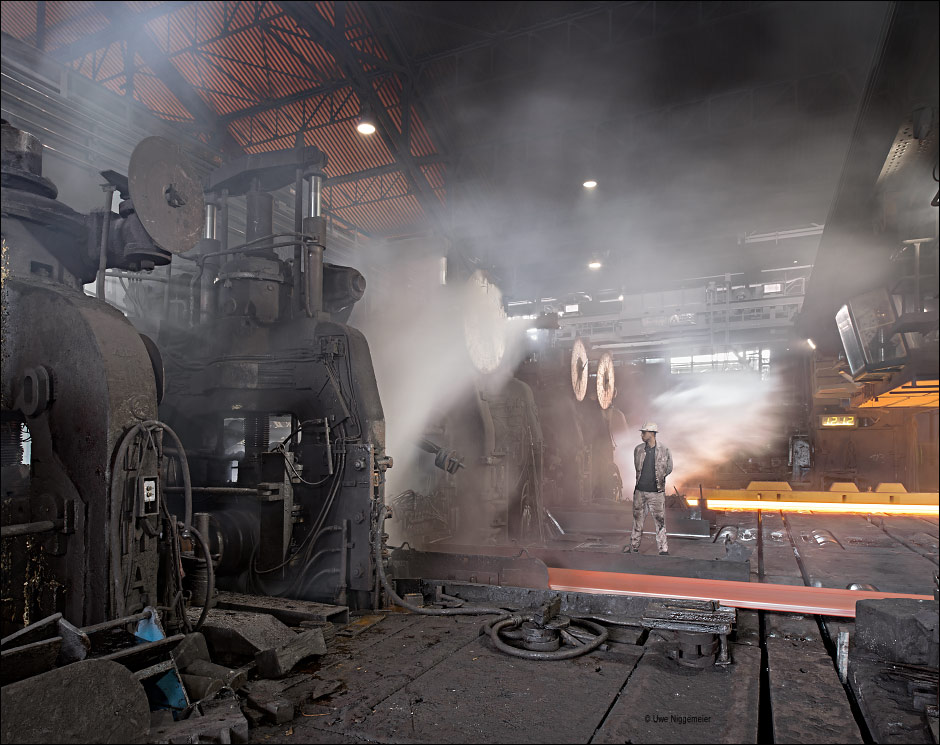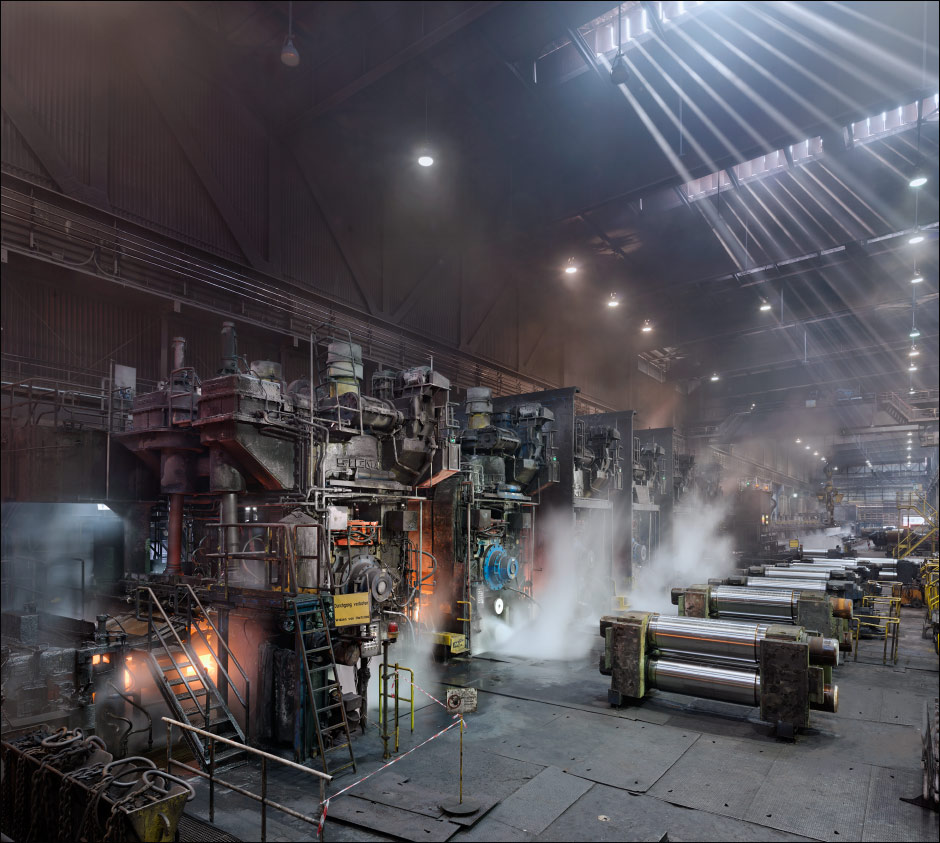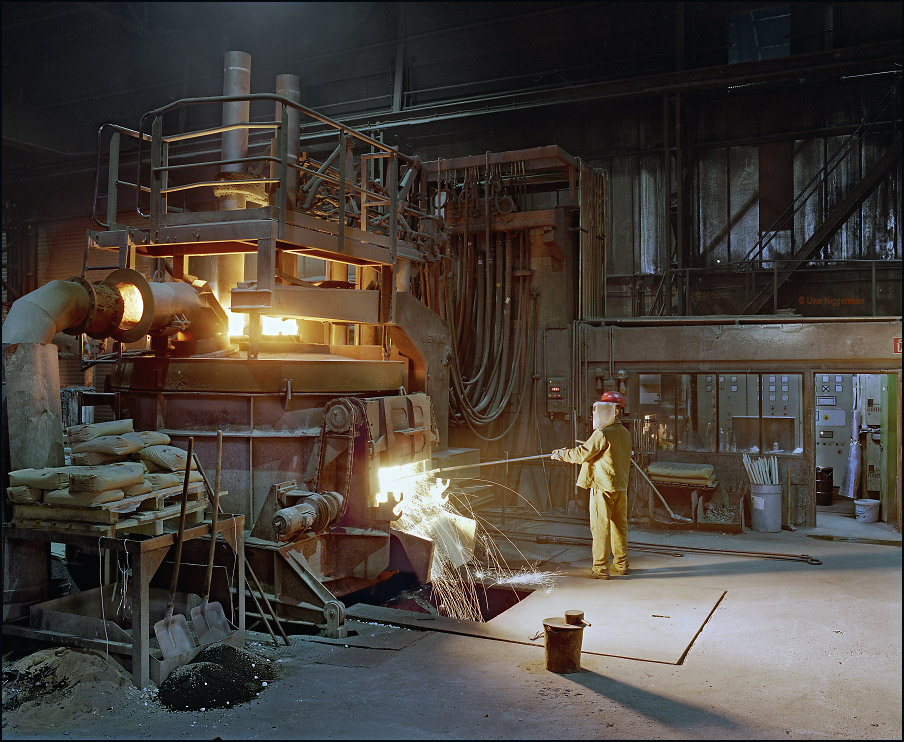
The C.Grossmann foundry in Solingen, founded in 1853, made it’s last casting on Friday.
Images here.
1956-2016
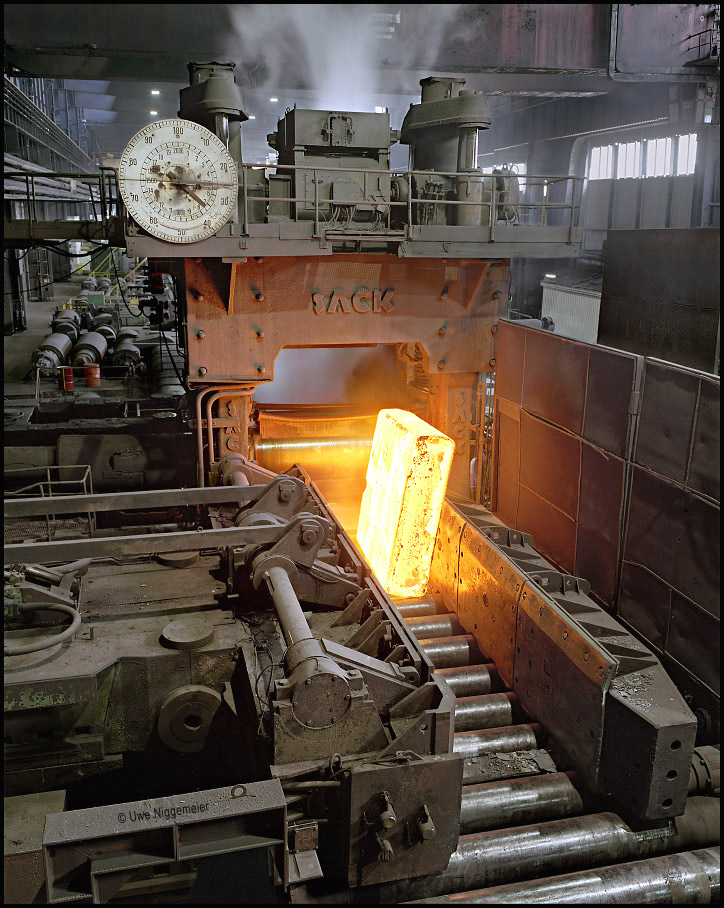
The former heavy blooming mill built by the Klöckner-Werke AG in 1956 was closed down for good in late March.
The Reiner Brach company that took over the rolling mill in 1985 will be liquidated.
Images here.
No More Steel From Thionville
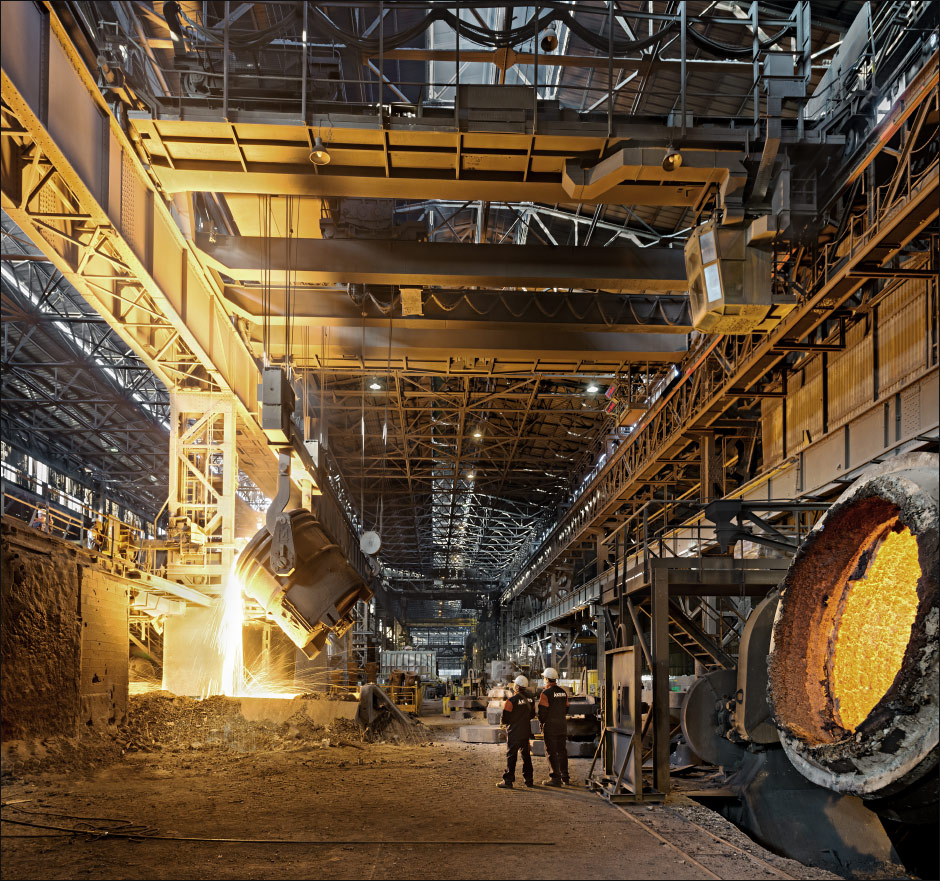
After nearly 120 years of steel production the former Carlshütte in Thionville, France was closed down last week.
Further images.
Karte der Ruhrgebietsindustrie

Anfang der 1950er-Jahre war das Ruhrgebiet noch jenes einzigartige Labyrinth aus Werksanlagen der Schwerindustrie, Eisenbahntrassen, Kanälen und zersiedelten Großstädten, das der amerikanische Journalist Max Ascoli 1949 unter der Überschrift “Industrial Jungle: the Ruhr” beschrieben hatte. Die kürzlich vom Regionalverband Ruhr veröffentlichten historischen Luftbilder des Ruhrgebiets erlauben nun einen faszinierenden Rückblick auf diese Landschaft.
Als Ergänzung zu den Luftbildern aus dem Jahr 1952 ist diese Karte entstanden.
Sie zeigt die wichtigsten Industriebetriebe der Region in dieser Zeit gegliedert nach Branchen.
PILSEN STEEL
The steel mill in Pilsen was founded in 1859 by Ernst Graf Waldstein-Wartenberg.
In 1869 it was taken over by engineer Emil Ritter von Škoda.
In the 20th century it became the largest industrial company in Czechoslovakia producing steel, forgings, machinery, cars, tanks and guns.
In 2004 the steel making, forging and foundry branch was split off and sold to a Russian company.
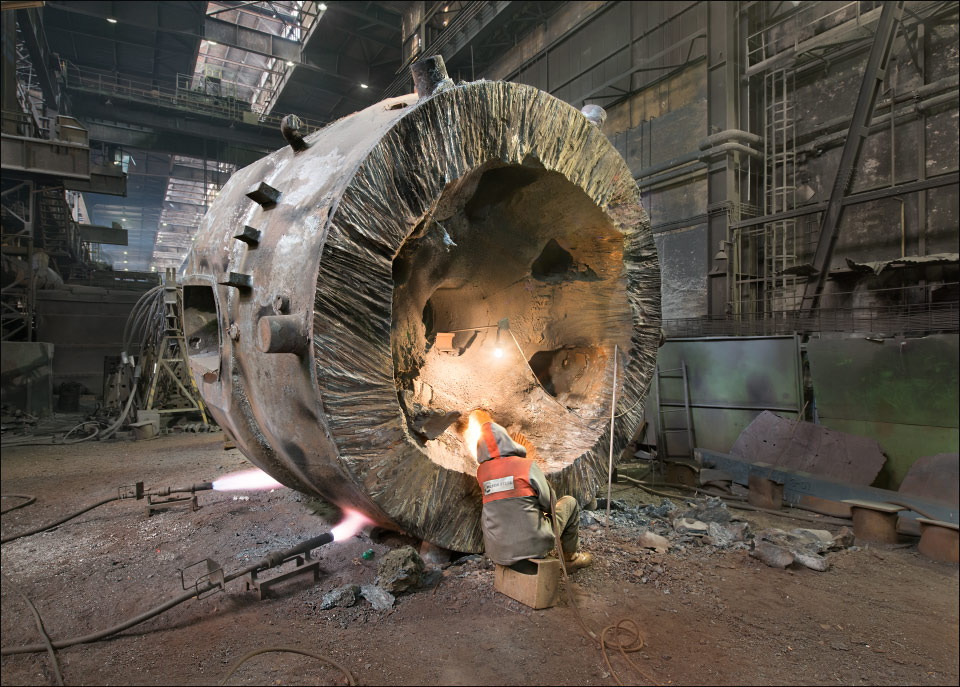
Last Steel Rolled In Dortmund
Store Steel
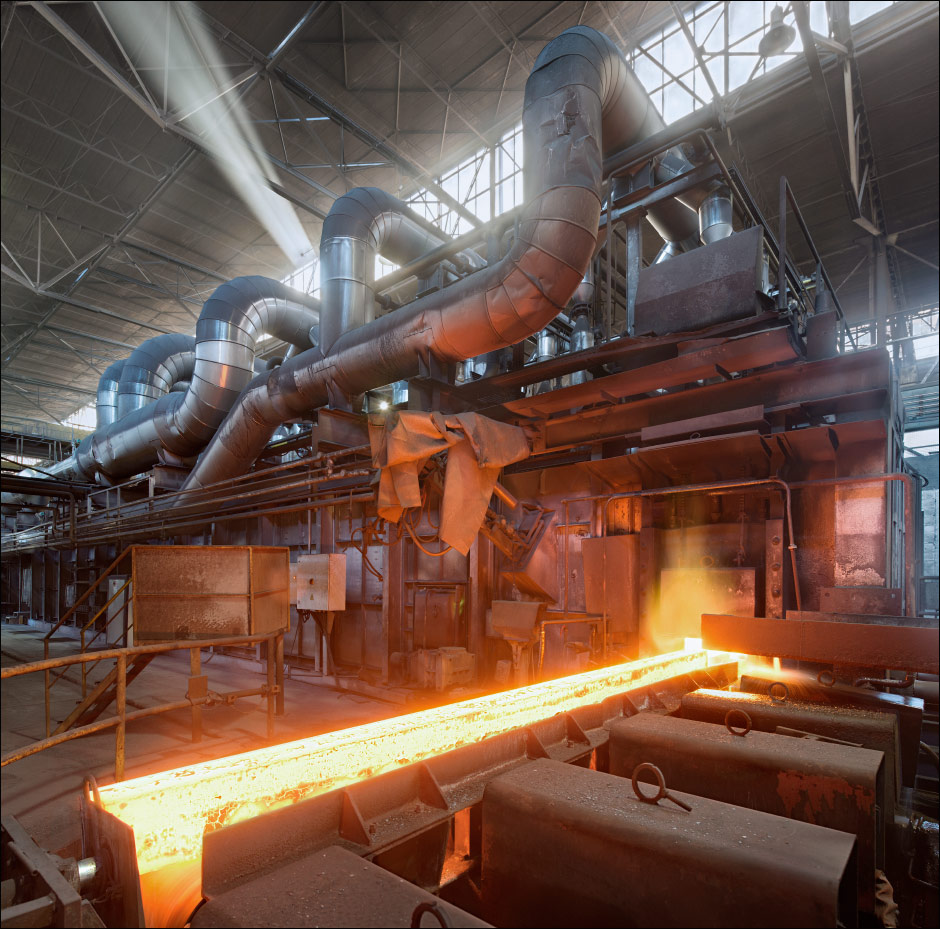
The steel works in Store, Slovenia were founded in 1851.In 1875 the mill became part of the Berg- und Hüttenwerk Store and mostly produced casted and forged materials.In 1912 an open hearth steel making shop was installed. In the early 1970ies a new steel mill (60 ton electric arc furnace) and a bar rolling mill where built nearby called Store II. In 1978 open hearth steel making was closed down. In the 1990ies the company was privatized and got it’s new name Store Steel in 2003.
Main product are steel bars for the automotive industry.
Images on my website now.
A Farewell To Steel Making In Bochum
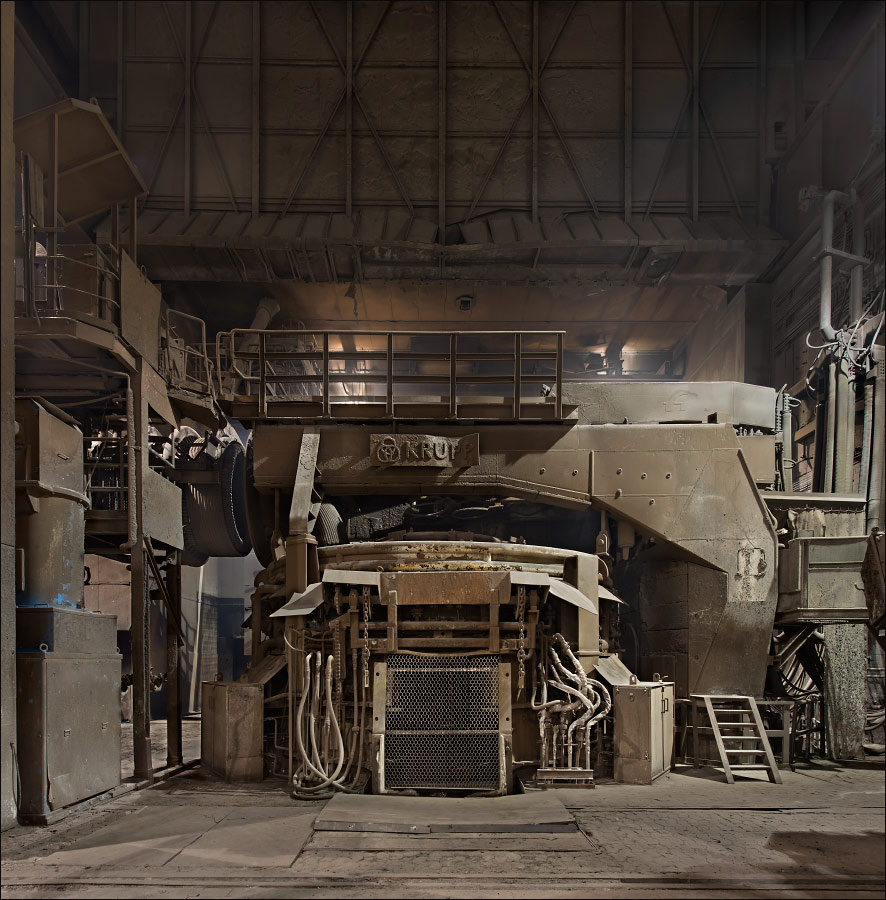
A history of more than 170 years of steel making ended in Bochum, Germany in late June when the Nirosta stainless steel plant was closed for good.
The original BOF shop was built in 1957 by the Bochumer Verein to be only the second of it’s kind in Germany.
In 1972, after the closure of the blast furnace site both vessels were transformed into AOD converters and an electric arc furnace was installed in the same building to produce stainless steel.
In 1982 a huge new 135 MVA electric arc melt shop was attached and the old EAF was replaced by a ladle furnace.
I payed the site a final visit before the demolition started.
82000 KW
installed motor capacity makes the ThyssenKrupp hot strip mill in Bochum the most powerful rolling mill in Germany. Though the mill was already planned in the early 1960ies by the Bochumer Verein steel corporation it wasn’t until 1966, after the takeover by the Fried. Krupp company, that the mill was put into operation.
The mill is capable of rolling even high alloyed speciality steel.
After the closure of the adjacent Nirosta steel mill all primary material now comes from the August Thyssen Hütte in Duisburg.
Images now at stahlseite.
Mannstaedt Werke
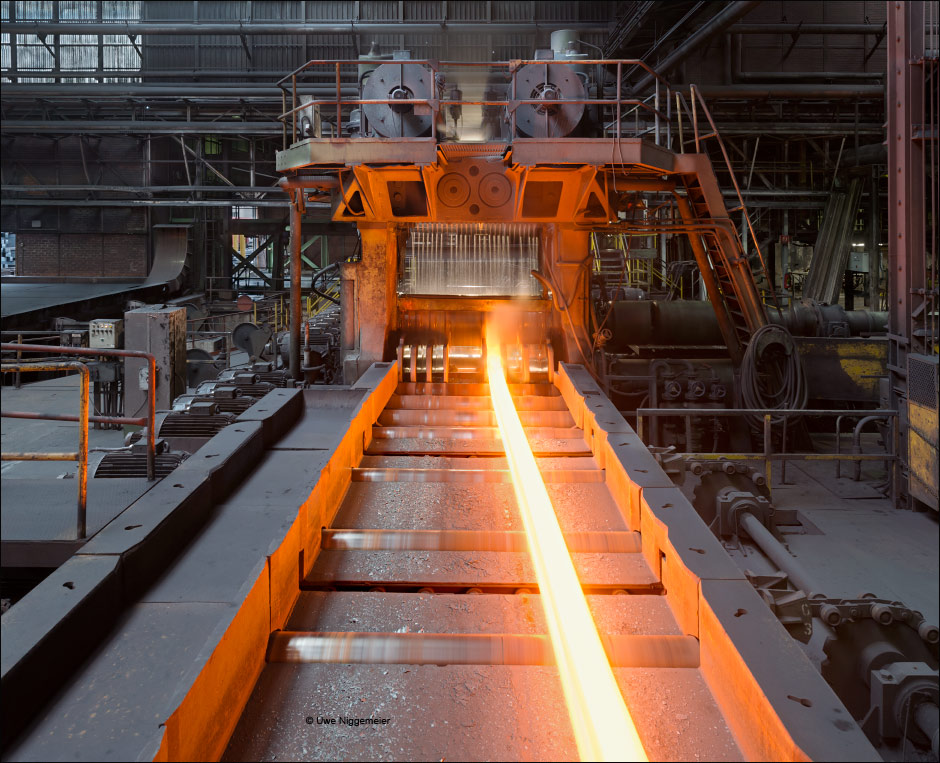
The former Klöckner works in Troisdorf, Germany (founded in 1825) carried a lot of different names over the years. Today they produce a large variety of speciality sections in two rolling mills.
Images now at Stahlseite.

